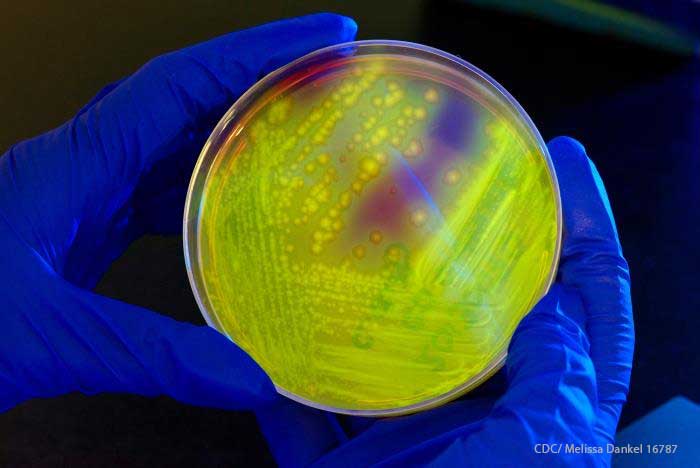Most illnesses caused by Shiga toxin-producing E. coli (STEC) are caused by E. coli O157:H7. STEC cause an estimated 110,000 illnesses each year in the United States. STEC cause illness in otherwise healthy persons, including severe abdominal cramping (sometimes confused for appendicitis), bloody diarrhea, and, in a certain percentage of cases, a form of kidney failure called hemolytic uremic syndrome (HUS).
About 30 percent of those illnesses may be attributable to non-O157 serotypes. E. coli O111 is one of the most common non-O157 STEC (after E. coli O26) isolated from specimens submitted to the Centers for Disease Control and Prevention (CDC) for testing, according to the agency.

Find out if you can sue for E. coli by using our free online consultation request form or by calling 1-888-377-8900 (toll-free). We are a national food safety law firm.
E. coli O111 Lawsuit
If you are a victim of an outbreak, a restaurant, food manufacturer, food distributor, or other party needs to be found liable (legally responsible for your illness) for you to be compensated for your medical expenses, pain and suffering, loss of income, and other damages. Generally, this means that the source or location of the E. coli O111 infections (food, water, etc.) must be epidemiologically implicated and/or microbiologically confirmed.
For example, if the health officials determine that all or most of the people who contracted infections became ill after eating at the same restaurant, that epidemiologically implicates the restaurant as the location where the infections were transmitted. The restaurant would then be liable.
In E. coli litigation cases, strict liability usually applies. This means that people sickened only need to prove the following: 1) that the food was contaminated with E. coli and 2) that the contaminated food caused the injuries, the E. coli infection and any illnesses related thereto, HUS for example. It is not necessary to prove that anyone intentionally or negligently contaminated the food.
Applying the strict liability standard to the case of the restaurant described above, the restaurant would be liable even if the restaurant was not negligent and did not intentionally contaminate food or water.
One of the other issues in these cases is the liable party’s ability to compensate victims. Looking again at the restaurant case, if the restaurant is owned by a national chain, there will most likely be adequate insurance to cover the victims’ claims. However, if the restaurant is a mom-and-pop operation, the insurance proceeds will probably not be adequate to compensate all victims. This is why it is important to find the actual food that sickened the victims. This gives victims another party to sue, i.e., another party to seek compensation from.
E. coli O111 Outbreaks
In 2018, an E. coli O111 outbreak at a daycare center in Beaverton, OR sickened five children.
In 2015, E. coli O111 was found in High Hill Ranch unpasteurized apple juice that sickened had been obtained from a Sacramento County resident who had become ill. This person is one of 13 who contracted E. coli O111 infections in an outbreak linked to the apple juice. Our law firm is investigating this outbreak. Attorneys Fred Pritzker and Eric Hageman are the lead lawyers of E. coli Team.
In 2014, cabbage used in Applebee’s Oriental Chicken Salad was linked to an E. coli O111 outbreak. Our firm has filed the first lawsuit against Applebee’s on behalf of one of the people sickened in the outbreak.